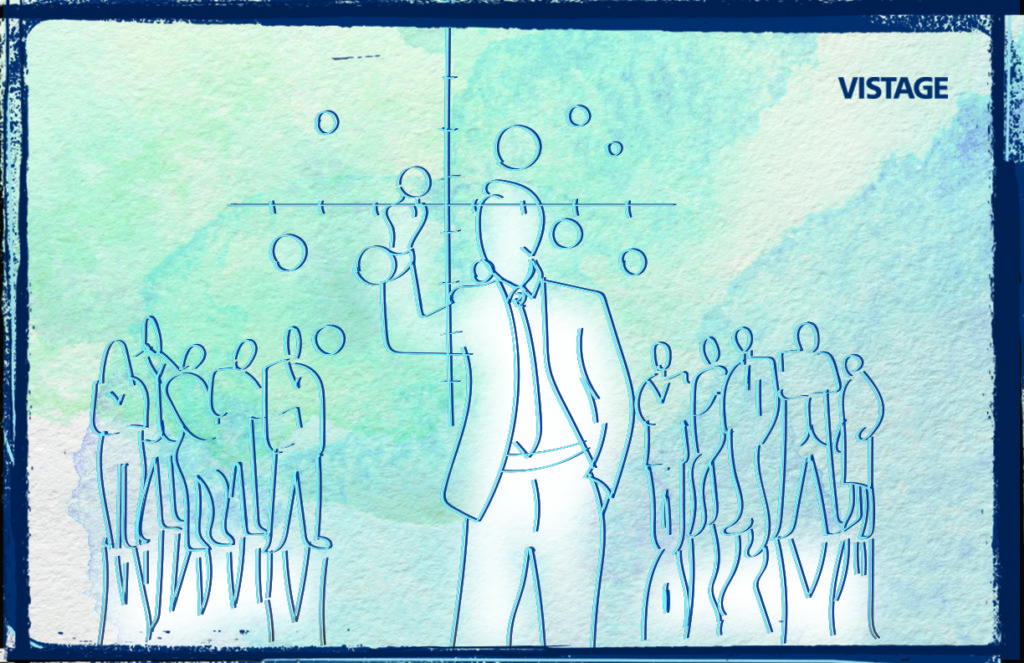For investors, blind optimism is risky business

Investors suffer from a surplus of checks. I don’t mean checks in the sense of “here, let me write you a check.” I mean checks in the sense of due diligence, the kind that makes sure you don’t overpay for your berth on the Titanic.
I observed a meeting of investors with open eyes and twitching wallets. They filled a large, partially elegant room and listened to pitches from passionate entrepreneurs.
Following the entrepreneurs’ presentations, the investors asked 30 or so questions that dealt with verification, probity, conscientiousness and oversight. That made sense; if I were an investor, I’d want to be sure everything was legitimate too.
But that’s what every question was about. Every question sought assurance that giving the entrepreneur a great deal of money would be wise and profitable for the investor. Not a single investor asked a single question about what could go wrong, such as: Is an incumbent prepared to squash an intruder like you? Could a patent troll hamstring your new product in court? What happens if your credit dries up? How are you vulnerable if there’s a political or regulatory shift?
The downside of optimism
Only optimists become entrepreneurs and investors. But it’s not the mere optimist who steps off a cliff; it’s the uber-optimist, the you’ve-just-got-to-believe cheerleader, the overconfident and oblivious person (OOP) who does that. Alas, all of us, including me (sigh), are OOPs from time to time.
The lesson we OOPs learn is to be more careful next time. Do more due diligence. The problem, however, is not in our quantity of due diligence. It is in its focus.
To make due diligence do its full job, we must take it beyond the business equivalent of a spell check. We should not merely verify that the gold shimmering on the horizon isn’t a mirage; we should also look out for cliffs on the way to the gold.
Of course, there are doomsday scenarios that can bring down any business, but that’s not the point. The point is that there’s a lot of ground between just another day at the office and doomsday, and only some of that ground concerns accounting accuracy, full disclosure and managerial competence. Call the rest competitive risk.
Think of it this way: You’re planning, as an entrepreneur or investor, to make headway in a market. Whoever else covers or covets that market is competitive risk for you, just as you are competitive risk for them.
Preparing for the unpredictable
Looking at the flip side of your optimism does not make you a pessimist or a naysayer. It makes you the opposite of an OOP. It makes you strategically diligent.
I’ve taught strategic thinking and consulted with Fortune 500 companies around the world. I’ve seen few people resist strategic diligence. On the contrary, they find it stimulating and empowering, if occasionally a little scary or depressing. They know cliffs are most dangerous to those who wander in the dark. They want to turn the lights on. (If you find yourself working with people who don’t want to turn the lights on, you have encountered career risk.)
OOPs assume everything will go right whereas optimists acknowledge something can go wrong. If surprises come out of left field, they know, it is wise at least to glance toward left field.
I’ve seen many practical ways to monitor left field, from corporate contrarians (some people take easily to that role) to sophisticated simulations. Here’s a quick, simple approach to get started.
(1) Ask people to list scenarios that would affect the business’ results. Ideally, have people write their lists by themselves. That avoids groupthink.
(2) Consolidate the individual lists into a master list.
(3) Have people, collectively or individually, rate each scenario for a) its likely impact on the business, b) its likelihood of occurring, and c) how prepared the business is to handle it.
Important scenarios — that is, those worthy of further exploration — are those that would have high impact, are likely to happen and for which the business is unprepared.
I’ve seen executives generate dozens of scenarios in a matter of minutes. I’ve seen them prioritize them in an hour or so. I’ve seen those priorities range from trivial to urgent. And I’ve seen executives, with the lights on, discover that none of the scenarios had previously been noticed, let alone analyzed or strategized.
The strategically diligent entrepreneur will prepare for those scenarios. The wise investor should favor such an entrepreneur.
Category : Financials


The bottom line and most salient factor facing any business is growth. You need a multitude of things to be aligned in order to achieve this consistently. This goes from discipline, employee empowerment, communication, rigorous daily agendas and the numbers. Today is vastly different then ten years ago and that is in our inability to stimulate macro growth, meaning media induced panic debt to GDP at 115% and negative rates being the FED’s silver lining. Buying and owning silver and gold however, hedge you and your business from the ponsi type scheme the FED has been running and the trade deficit does not help much either. China is spending near 4 TRILLION on a smart grid, which requires massive amounts of SILVER for it’s vast industrial applications. I believe in diversification and I fervently believe that physical gold, silver, and platinum must be at least 30 percent of your portfolio.
Timothy Leeb
Leeb Bullion Chairman